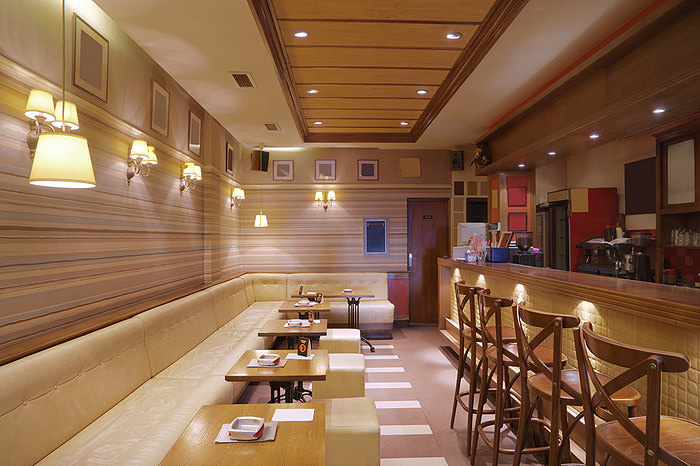Commercial design is a multidimensional discipline that aims to create aesthetically pleasing and functional spaces for businesses, retail establishments, and hospitality venues. Beyond mere aesthetics, commercial design is driven by the need to enhance customer experiences, optimize operational efficiency, and reflect the brand identity of the business. This exploration into commercial design delves into key principles, emerging trends, and considerations that contribute to the creation of engaging and purposeful commercial spaces.
Key Principles of Commercial Design
Brand Identity and Cohesive Aesthetics:
Commercial design begins with a deep understanding of the brand identity and values of the business. The design of commercial spaces should reflect and reinforce the brand, creating a cohesive and recognizable aesthetic that resonates with customers. From color schemes to signage, every element contributes to the visual representation of the brand.
Customer-Centric Layouts:
Commercial spaces are strategically designed to optimize the customer experience. Thoughtful space planning, intuitive layouts, and ease of navigation are crucial factors. Retail stores, restaurants, and other commercial establishments often incorporate customer flow analysis to enhance the overall journey and encourage longer stays or repeat visits.
Functional and Flexible Spaces:
Versatility and adaptability are key considerations in commercial design. Spaces must be functional for daily operations yet flexible enough to accommodate changes in business needs. Adaptable layouts, modular furniture, and multipurpose spaces contribute to the agility required in the ever-evolving commercial landscape.
Technology Integration:
In the digital age, commercial design integrates technology seamlessly to enhance customer engagement and operational efficiency. From interactive displays and smart lighting to online ordering systems, technology plays a vital role in creating modern and efficient commercial spaces.
Sustainable Practices:
Sustainability is increasingly becoming a focal point in commercial design. Businesses are adopting eco-friendly materials, energy-efficient systems, and waste reduction strategies to align with environmental values. Sustainable practices not only contribute to corporate social responsibility but also appeal to environmentally conscious consumers.
Ergonomic and Comfortable Design:
In commercial spaces such as offices or hospitality venues, ergonomic and comfortable design is crucial for employee well-being and customer satisfaction. Thoughtful selection of furniture, lighting, and acoustics contributes to a positive and comfortable environment, enhancing the overall experience for both employees and visitors.


